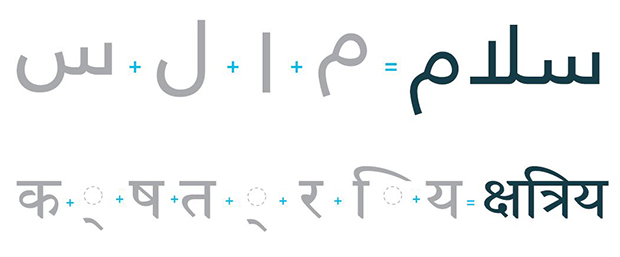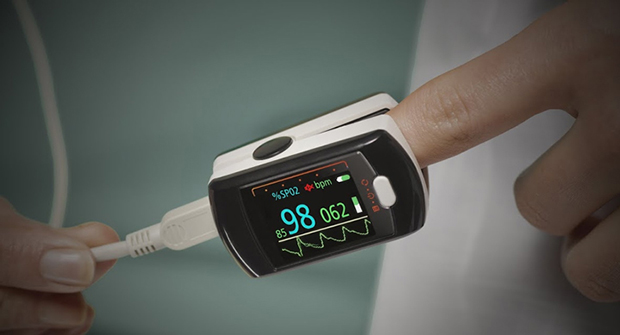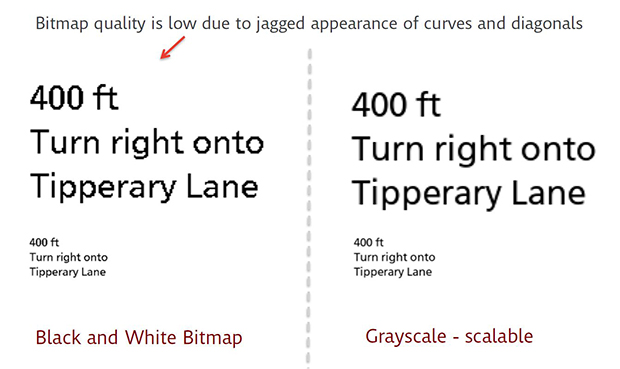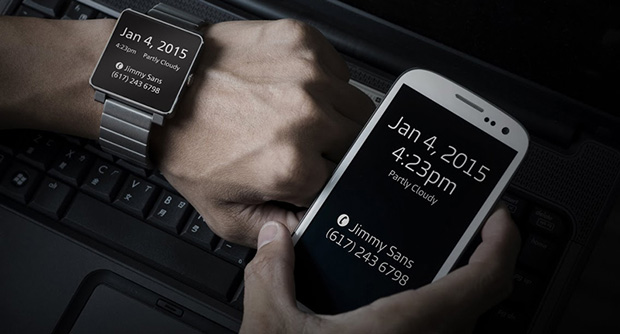
Monotype's makeover for digital text
19th century type firm’s Spark technology, unveiled at CES, solves 21st century textual problem
It’s hard to reproduce type on digital devices. In particular, devices with limited memory and processing power, such as mid-market car dashboards, navigation devices and heart monitors - most of which haven’t got the processing capability to reproduce a wide range of diverse, differently sized letters without reducing text to clunky characters, or taking up a great deal of time to resolve the type.
However, one of the world’s oldest type foundries appears to have come up with a solution. Monotype was founded in 1887, and even owns the copyrights to such venerable typeface designs as Helvetica and Times New Roman.

It has also been working on a number of high-tech solutions to the problems text reproduction faces in the internet age. Its new Monotype Spark technology, unveiled at the Las Vegas Consumer Electronics Show (CES) a couple of days ago, bundles together three or four different pieces of bespoke software, enabling developers to insert beautifully rendered characters, in almost any size, shape and language, into even the most lightweight devices.

“Today’s consumer demands a high-quality UI on their devices – whether it’s the dashboard in their car, their new wearable fitness device or a medical device like an insulin pump,” says Geoff Greve, vice president of type operations at Monotype. “Until now, designers and engineers were limited in their ability to create a flexible, scalable text display in low and mid-end devices without doing a substantial amount of work or investing a lot of money in additional hardware or memory. Our new Monotype Spark solution not only makes the type on these devices more beautiful, but it also enables product manufacturers to keep development costs low and create an easy path to scale devices to support new languages and character sets in the future.”

Or in other words, look out for a Helvetica speedometer, with Thai and Farsi language options, available sometime soon. Meanwhile, for greater insight into graphic design from the invention of the Gutenberg press up until today, take a look at the Phaidon Archive of Graphic Design.